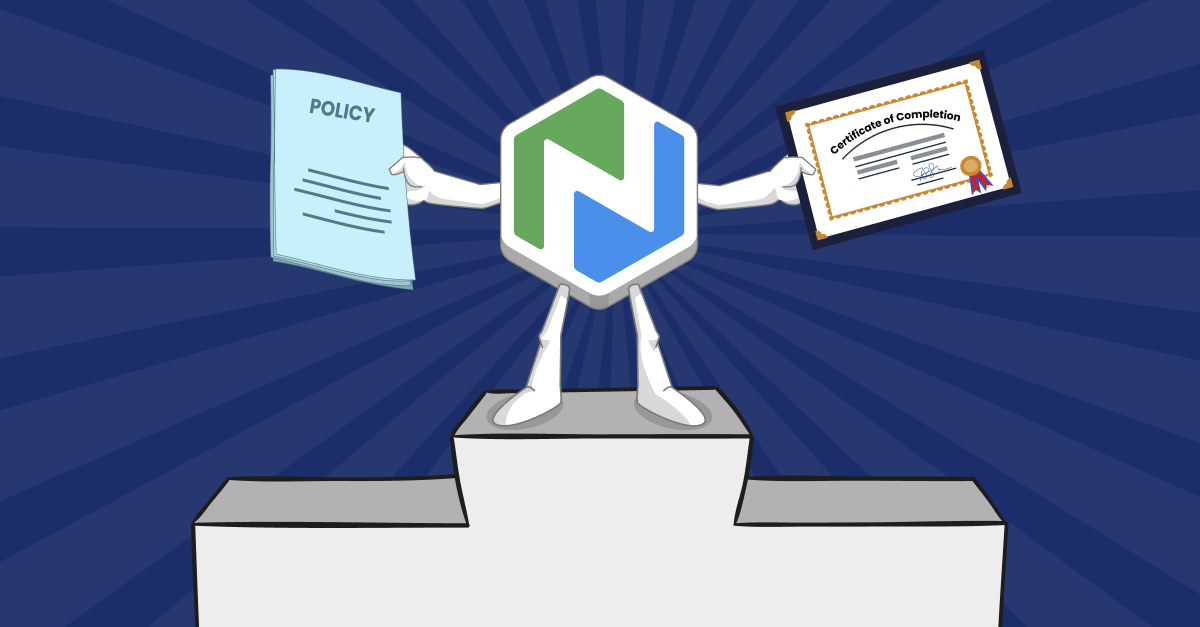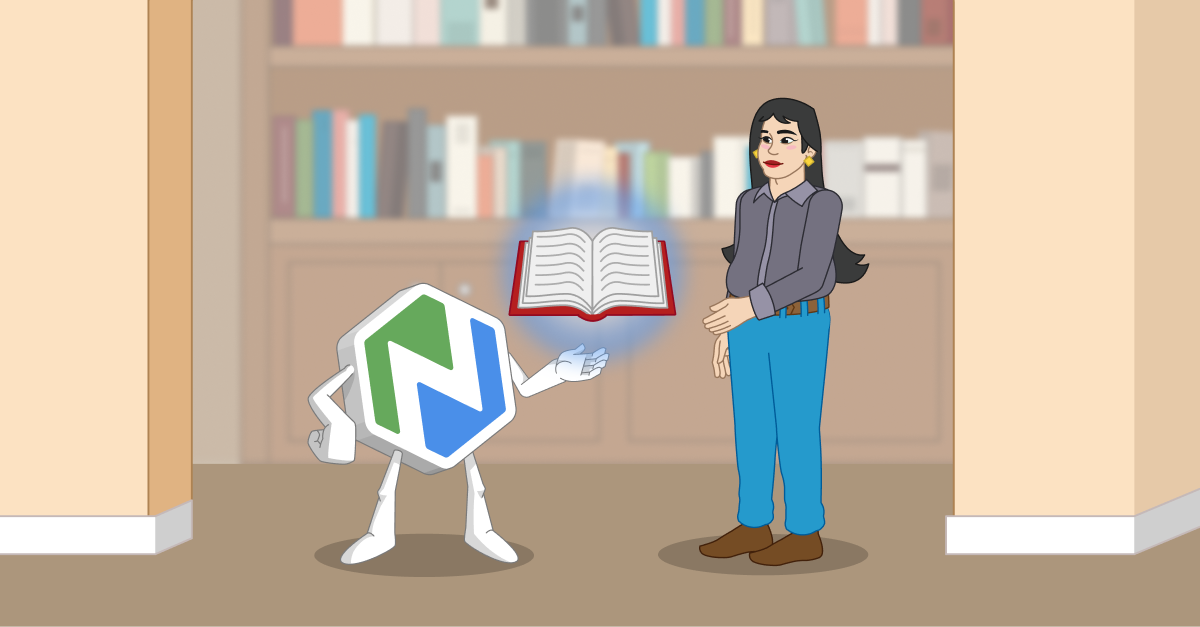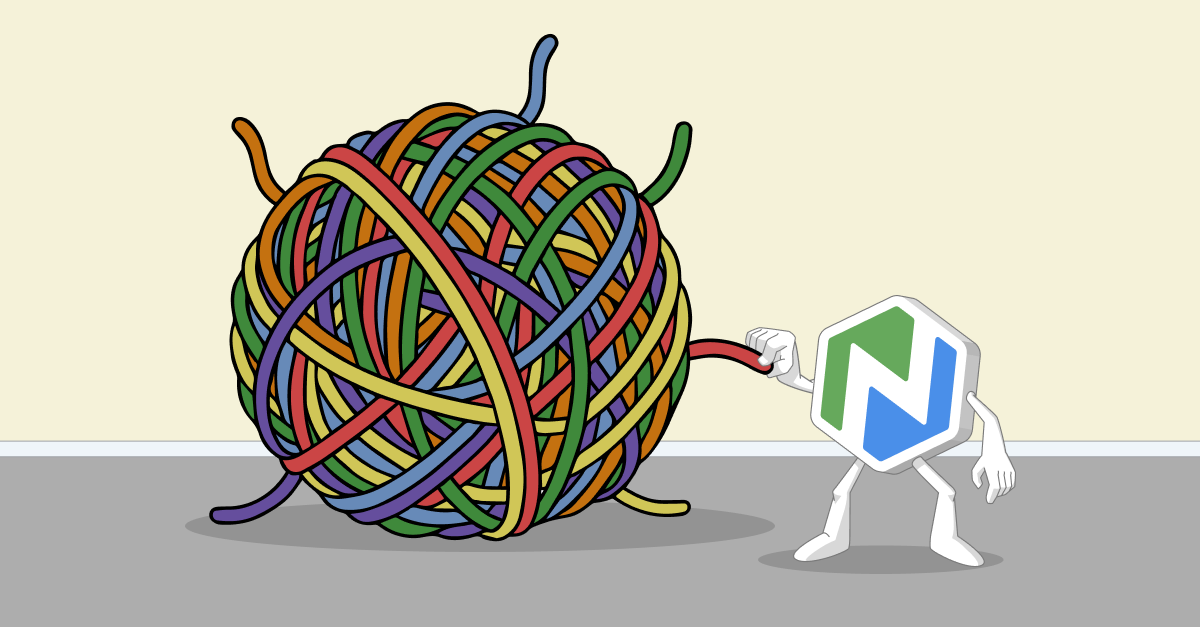Building Efficacy and Empowerment Among Staff with Microlearning
Microlearning is a method of staff training & development that can help libraries build efficacy & empowerment among staff. Learn the benefits of microlearning!
.png)
What do we mean by “microlearning”? It’s learning that is consumed in small bite-sized chunks, usually in an online context. It is usually self-directed. Microlearning stands in contrast to formal courses that are led by an instructor and involve long learning sessions over an extended period of time. Microlearning is also different from traditional group training sessions where people gather for an extended instruction session either online or in person. Microlearning represents an important innovation in professional development because it responds to four realities of the modern workplace that tend to frustrate older approaches to teaching and learning.
Reality 1: People learn best in small chunks.
This is something that’s been known for a long time. Just imagine what it would be like to read a book without paragraphs, and you’ll appreciate how chunking helps. More recent research on how the brain moves information from short-term to long-term storage indicates that it requires the passage of time and a process called “consolidation.” It involves analysis and linking the new information to existing knowledge and ideas. We need some space between learning sessions to allow that process to work. You can think of it like organizing boxing things up so they can be moved to a new location. Learning that happens in small chunks allows more time for that consolidation process. Information that is presented repeatedly over time is also more likely to be committed to long-term memory. Learning in small chunks facilitates repetition.
Reality 2: People have competing demands for their time.
Full-time library staff increasingly find themselves wearing more hats, doing more jobs, accepting more responsibilities, than they used to. Sometimes it’s because colleagues depart the organization and aren’t replaced. Sometimes it’s because the organization is trying to do more things or new things that they haven’t done before. Either way, having more jobs makes it harder to carve out time for training. Microlearning responds to this by making it easier to fit consistent training time into a busy schedule. It’s just easier to insert a set of small learning sessions than it is to block off big time segments. Consistency over time is the key to real learning progress.
Reality 3: It’s hard to get everyone in the same place at the same time.
In addition to competing time demands, more people are working remotely than ever before. Sometimes even in different time zones. Libraries are also working with more part time staff than ever before. This reduces the shared work time that would allow everyone to gather, even if you’re meeting virtually, to be trained together. The simple logistics of gathering for traditional training sessions means that those sessions are infrequent. Microlearning addresses this reality because it’s asynchronous. It adapts to every individual schedule.
Reality 4: Adults learn best when the learning is driven by their personal interests.
Children tend to be more like a sponge than adults when it comes to learning. Children will absorb whatever is put in front of them. Adults have more clearly defined preferences, biases, and independent priorities. You can likely get an adult to sit through a training session, but if it’s divorced from their interests and goals, they won’t retain much. Microlearning addresses this because it introduces more potential for individual adaptation. Some training may be required for everyone, but with more frequent and shorter training sessions, you can help your staff also pursue training that matches their own aspirations. Because microlearning sessions are adapted to individual schedules, there’s no temporal requirement for everyone to be learning the same things. Giving people choice in their own professional development increases interest and improves learning outcomes.
Staff Development with Microlearning: Where to Begin?
When you begin a microlearning program, here are two things to keep in mind:
You need to track learning and give credit.
Because the microlearning we’re describing is happening in a work environment, you will still want to account for the time people are paid to spend learning. If the learning enhances their ability to be impactful in their roles, it’s easy to make the case for the time investment. Getting credit for the training they complete is an essential incentive. Most staff won’t bother to work it into their schedule if there’s no recognition attached. A learning management system like Niche Academy makes that tracking automatic and doesn’t introduce unwanted overhead for managers.
You need credible sources.
YouTube offers a lot of microlearning. Some of it is great. Some of it… isn’t great. Almost none of it is focused on the needs of libraries. When you make microlearning part of your staff training program, you need to have confidence that they’re actually acquiring the key skills they need to create community impact. Using Niche Academy’s collection of library-focused tutorials gives you an assurance that the training is tightly focused on the needs of your staff and that their time in the training will be well spent.
.png)
.png)

.png)
.png)
.png)

.png)
.png)

.png)
